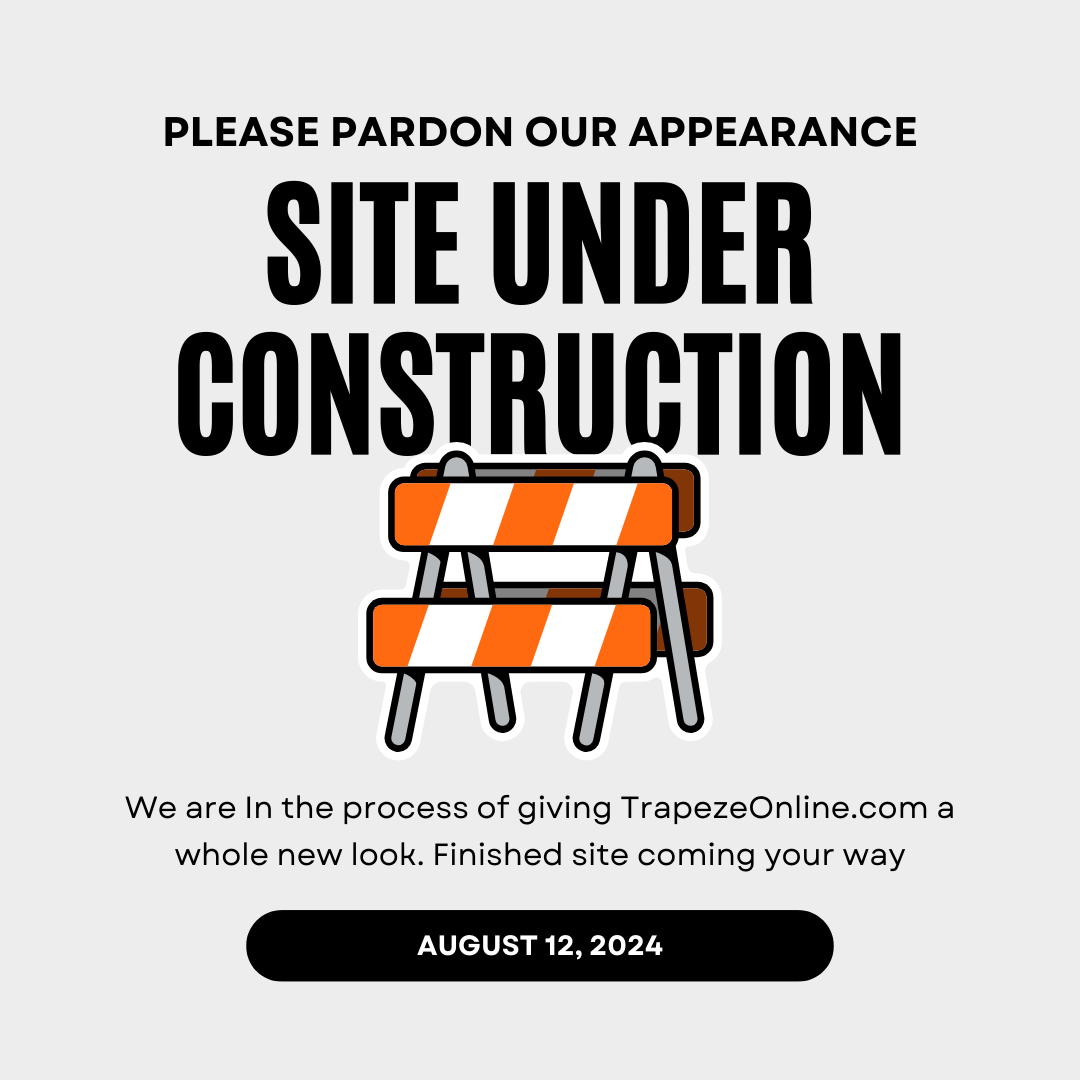The SAT, a crucial factor in college admissions, is undergoing significant changes set to take effect in spring 2024–stirring discussion among educators and students at Oak Park and River Forest High School.
Most notably, the SAT will be digital this year instead of on paper.
Kimberly Asbury, OPRF’s testing specialist, described the difficult process of handing out paper tests to grades 9, 10 and 11. “Because all freshmen, sophomores and juniors in a public school in the state of Illinois are required to test every year, that amounts to about 2,500 students here at OPRF,” she said.
“My office and the office next door would be used to house all testing materials including student guides and proctor manuals. It was wall-to-wall boxes,” Asbury said. “With the move to digital testing, test coordinators like my-
self no longer have to deal with packing, sorting, storing or shipping test materials back to the College Board.”
She explained how much stress was added to not only her plate but everyone else who was helping her administer the tests. Asbury said how excited she was to see what the change from paper to computer would look like.
SAT testing will take place Tuesday, April 9 at OPRF. The PSAT will be given to 9th and 10th graders, and 11th graders will receive the SAT.
Not only will the test be digital, it will now be adaptive. Each section–reading, writing and math–is divided into two modules. How students perform on the first part determines the questions they will get on the second part. The adaptive test also means no two students will have the same exam.
The College Board, which administers the SAT, came up with the idea of changing the exam from paper to digital in early 2020 and piloted the digital test in spring of 2021.
The College Board said the digital test is meant to be less stressful for students. Notably, the digital test is about an hour shorter, clocking in at two hours and 14 minutes, according to the College Board.
The paper test included a 65-minute reading section, a 35-minute writing and language section and an 80-minute math section, with an additional 50 minutes at the end for an essay, according to the Princeton Review. The new digital test is significantly shorter, with 64 minutes for reading and writing, 70 minutes for math and an additional 50 minutes at the end for the essay.
If students take the SAT through a nationally run testing center, they may not have to take the essay. But the essay is a requirement for schools in the state of Illinois. If students send their scores from their school day test to colleges, their essay scores will be included along with the reading and math scores.
The reading section of the SAT will look different on the digital test. In the paper version, the reading section required students to answer many questions about one long passage. The digital test has shorter passages with only one question each. Additionally, calculators will be allowed for all math sections, which was not the case for the paper test.
Students will have the choice to highlight and take notes digitally as well as flagging certain areas or questions on the exam.
The changes come at a transitional moment for the SAT and standardized testing. While some selective colleges such as Yale University and Dartmouth College recently reinstated these tests, saying they can help identify talented students from diverse backgrounds, most colleges have dropped the requirement in recent years.
A report released by Common App in February shows “the share of Common App members requiring standardized test scores since 2019–20 has changed dramatically–from about 55% to just 5% in 2021-22. This season, just 4% of members require a test score to submit an application.”
Senior Connor Kitley said that he did not send his test scores to any schools because although they would not have been detrimental, he felt they weren’t going to mean anything. Instead he chose to apply to test-optional schools only. “I realized, OK I have like a very balanced resume to begin with, so the SAT score might not be beneficial for me in the application process,” he said.
Kitley said he wondered about the value of the test for students who have good grades and resumes but just do not test very well or aren’t quite adjusted to the new format of the exam yet.
Kaleiyah Henderson, a junior at OPRF, said, “I don’t have an issue with taking my test online, but I honestly think I would probably prefer it on paper.” That’s particularly true in the reading section, where “I can actually highlight, rather than like highlighting on computers, which I think is harder,” she said.
The College Board will be closely examining how smoothly the digital SAT and PSAT formats move along during testing season this spring.

